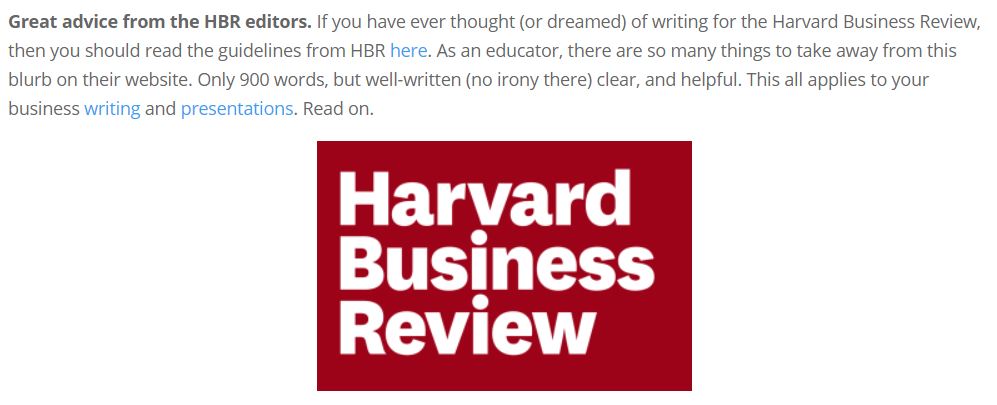Are contractions good or bad in formal writing?
I’ve had several clients whose style guidelines don’t allow the use of contractions. For my part, I didn’t believe in contractions at the start of my investment writing career. That’s what I’d learned in my high school English classes. I remember “fixing” all of the contractions in a portfolio manager’s commentary when I worked at Batterymarch Financial Management. However, I am now a fan of contractions.
Style guides for contractions
I found a statement against avoiding contractions in Dreyer’s English: An Utterly Correct Guide to Clarity and Style. Benjamin Dreyer says of the rule against contractions:
This may be a fine rule to observe if you learned English on your native Mars, but there’s not a goshdarn thing wrong with “don’t,” “can’t,” “wouldn’t,” and all the rest of them that people naturally use, and without them many a piece would turn out stilted and would turn out stilted and wooden… Contractions are why God invented the apostrophe, so make good use of both.
Bryan Garner agrees in Garner’s Modern American Usage. He says of contractions, “…why shouldn’t writers use them in most types of writing?”
Garner also says, “The common fear is that using contractions can make the writing seem breezy. For most of us, though, that risk is nil. What you gain should be a relaxed sincerity—not breeziness.” He cites several authorities on writing to support his opinion.
Style guides against contractions
The online AP Stylebook (subscription required) says, “Avoid excessive use of contractions. Contractions listed in the dictionary are acceptable, however, in informal contexts where they reflect the way a phrase commonly appears in speech or writing.”
The Grammar Bible says, “Contractions may be appropriate and expeditious in casual writing, but they are to be avoided in more formal documents.”
Both Dreyer and Garner warn against more casual contractions, such as “should’ve,” which Garner calls a “casualism.”
What do YOU think about contractions?
I’m sure you use contractions in your daily speech, and probably even in your blog posts. But what about a white paper? It depends on your firm’s style.
Disclosure: If you click on an Amazon link in this post and then buy something, I will receive a small commission. I link only to books in which I find some value for my blog’s readers.








